You’ve waited all winter for the return of your beloved lilacs. Large, showy panicles in hues of perennial pink, white, and purple, with a scent that triggers memories from a lifetime of bygone springs, lilacs usually have a starring role in your landscape. But not this year. Something is definitely wrong.
Maybe you’ve got a handful of flowers, but they’re so high on your shrub you need binoculars to enjoy them. Maybe you snipped off its old blooms in early spring when you deadheaded the hydrangea and your lilac put on a sad show this year. Or, perhaps the lilac you sheared into a hedge is nothing but leaves and you’re extremely disappointed.
Whatever the reason for your lilac’s poor performance or your motivation for getting it in proper shape, it’s time to take a look at your pruning practices and put the best ones in place. While a newly planted shrub will not require pruning for another couple of years, an established shrub should be maintained annually. This article looks at the timing, tools, techniques, and exceptions to pruning your lilacs for better blooms.
Get The Timing Right
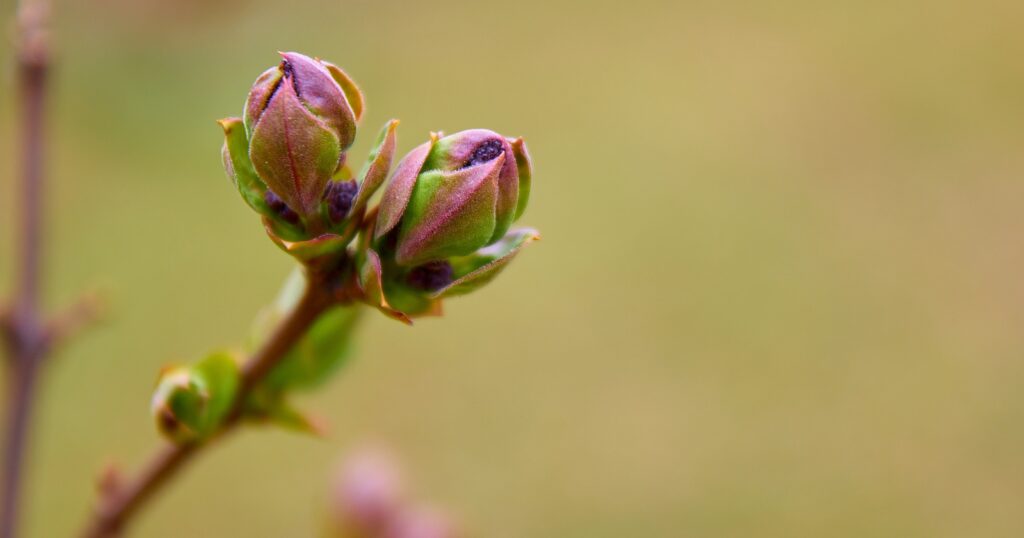
When it comes to pruning, by far the most important thing to remember about lilacs is that they bloom on old wood. This means the buds for next year’s flowers will begin to form soon after this year’s bloom is complete.
If you bust out the loppers in fall or early spring and start hacking away, your lilac will not give you the full sensory experience you’re anticipating. And depending on how aggressive your cuts are, it may not bloom at all.
With a few exceptions that will be discussed below, the proper time to prune a lilac is immediately after it’s done flowering. If you take one thing away from this article, please let it be that!
Know Your Variety
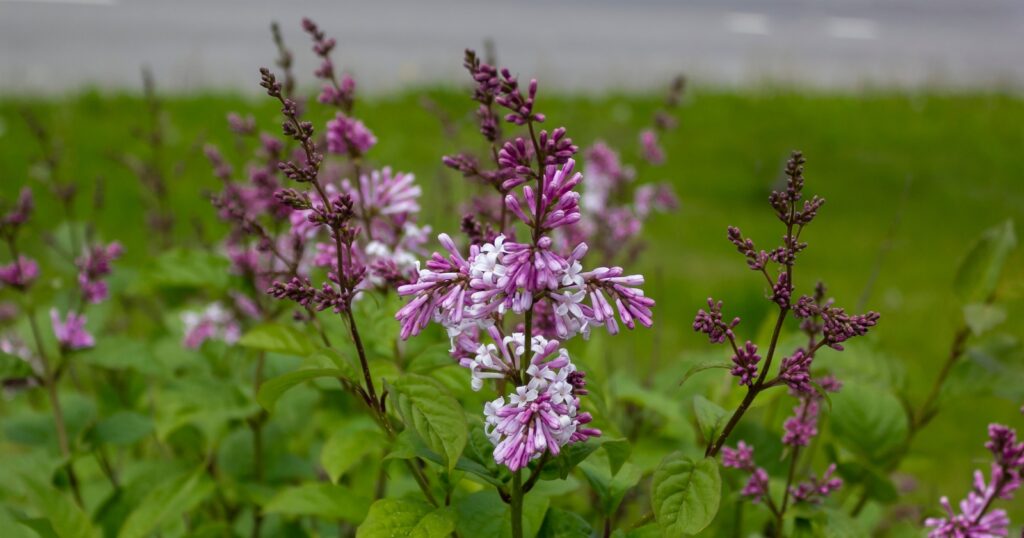
If you’ve sited and selected your lilac yourself, you are probably well acquainted with its height, spread and flowering characteristics. If you’ve just moved into a new home or have forgotten what you planted, do some investigating to determine what kind of lilac you’re working with. This information will help guide you on your pruning journey.
Generally speaking, lilacs are categorized as a shrub (between 6 and 15 feet tall), dwarf shrub (less than 6 feet tall), or tree (over 15 feet tall). There is some crossover and gray area, of course, but knowing your lilac’s mature habit and personality is crucial to proper care and maintenance.
With 25+ species and thousands of cultivars, you might not know precisely which variety you have, but that’s okay. If your lilac’s leaves are large and heart-shaped and its branching habit is open and loose, you probably have something in the common lilac family.
If leaves are small and tight, with dense, compact branches, your lilac probably falls into the persian category. However, if it has a high canopy atop a single or multi-stemmed trunk, and it exceeds 15 feet in height, you’re likely working with a tree. Knowing your plant’s basic profile will help you create a proper pruning plan.
Learn Lilac Terminology
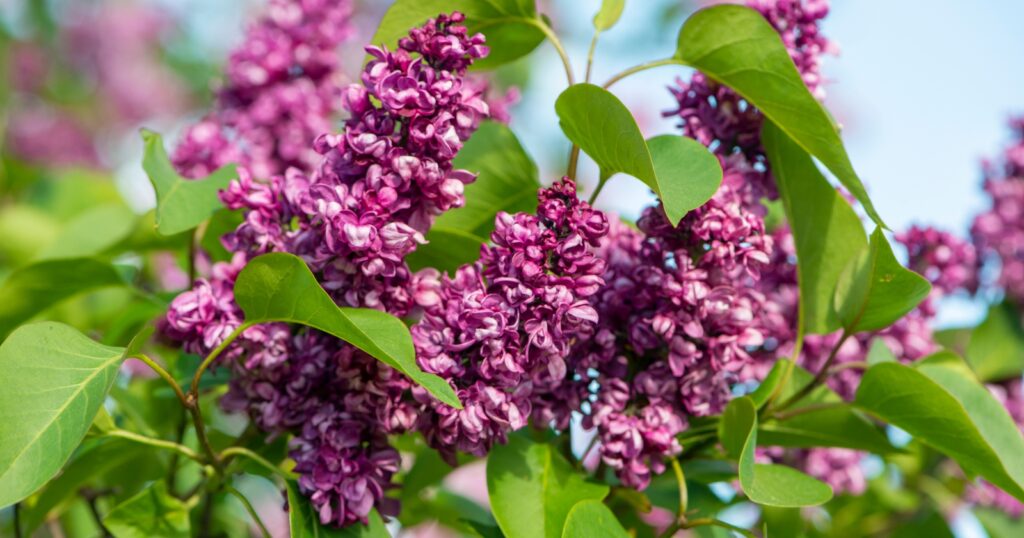
Before we discuss methods and tools, let’s look quickly at some of the terms you’ll need to know:
Multi-stemmed:
This refers to a plant that has multiple, roughly equal stems emerging from the soil rather than one main trunk or central leader.
Lateral: A side branch emerging from the main trunk
Crotch: The angle between two connecting branches
Bud: A pointed swelling from the stem tissue that opens to become a flower, leaf, or shoot.
Node: A point on the stem where one or more leaves are attached.
Sucker: An aggressive shoot that originates at the root structure and emerges from the soil.
Wound: The spot where a branch has been cut or broken.
Use The Right Pruning Tools
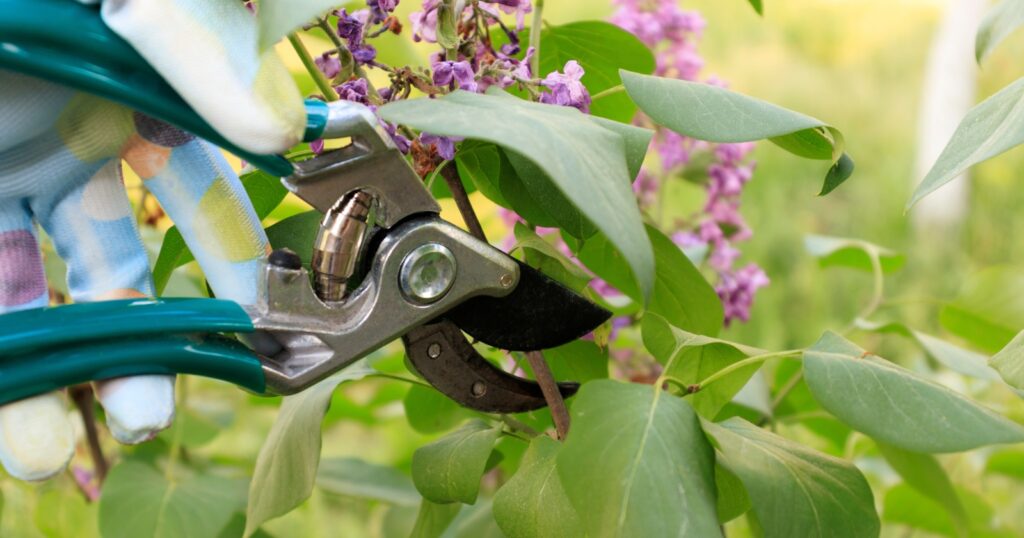
Before you start cutting, gather your tools and make sure they’re clean and sharp. Use a solution of 9 parts water to 1 part bleach to disinfect tools that have been used on other plants in the yard, and have your local hardware store sharpen anything that’s not going to produce neat, perfect cuts. Always keep tools oiled and stored in a dry location between uses.
Depending on what variety you’re working with, you might be able to perform basic pruning tasks with a small hand tool, but you’ll likely need a little more umph if you’re dealing with large stems or branches. Here are the most common lilac pruning tools and their usage:
Bypass Pruner
These hand shears are small but powerful, with a thin blade that slides past a thick blade. You’ll use them to remove twigs and stems up to a half inch in diameter. You might also use them to deadhead spent blooms.
Lopping Shears
With two long handles that operate in a scissoring motion, lopping shears are typically used for branch widths between a half inch and two inches. They might also be used for smaller branches that are overhead or slightly out of reach.
Pole Pruner
This is essentially a hooked blade on the end of a long pole. A long rope attached to the blade is pulled down to initiate the cut against a stationary blade. Use a pole pruner on high branches, but be careful to protect yourself from them when they fall! And watch out for power lines.
Hedge Shears
This tool looks like a giant scissors, with long blades and long handles. It’s used to shape small leaf lilacs into hedges and/or shape them into round forms.
Pruning Saw
A folding saw swings open to become a long slender saw with large teeth, and it cuts on the pull. It’s used to prune large trunks or branches from your lilacs and is particularly useful in tight spaces. A bow saw is shaped like a triangle and is easier to control, but it needs a bit of space between branches to move and cut properly.
Make Good Cuts
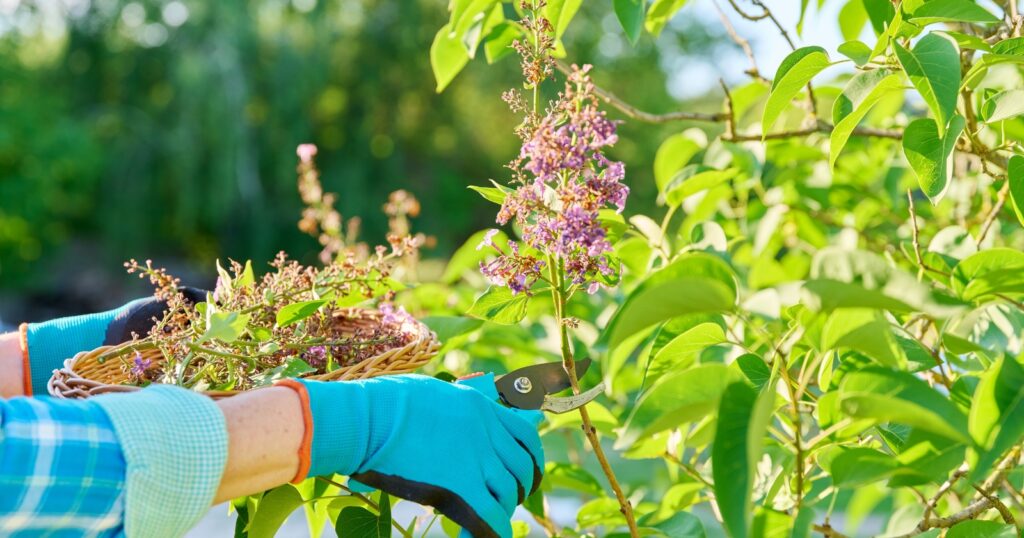
Always, always, always make your pruning cuts just above new growth spots (nodes) or just above some kind of branch intersection. The most heinous shrub pruning mistake a newbie gardener can make involves cutting randomly into a branch or trunk without consideration for its future growth. Doing so will leave an ugly stump behind, encourage an odd branching pattern, and open the door to pests, diseases, and stress.
Cuts should always be at a 45 degree angle that slants away from the larger trunk or stem. This will prevent water and sap from collecting in the crotch and encourage faster healing from the wound.
On larger branches, you’ll want to make three cuts to prevent your lilac from tearing its bark before your cut is complete. Begin somewhere between 6 and 12 inches from the intersection and make an undercut that’s about 50% through the branch. Make a top cut that’s about three inches higher than your bottom cut and let the branch fall away. You’ll be left with a stump that you can now prune properly without worrying about it being too heavy.
If your cuts are clean, straight, close to an intersection and angled downward, you’ll be encouraging healthy growth and an ideal form.
Prune With Purpose
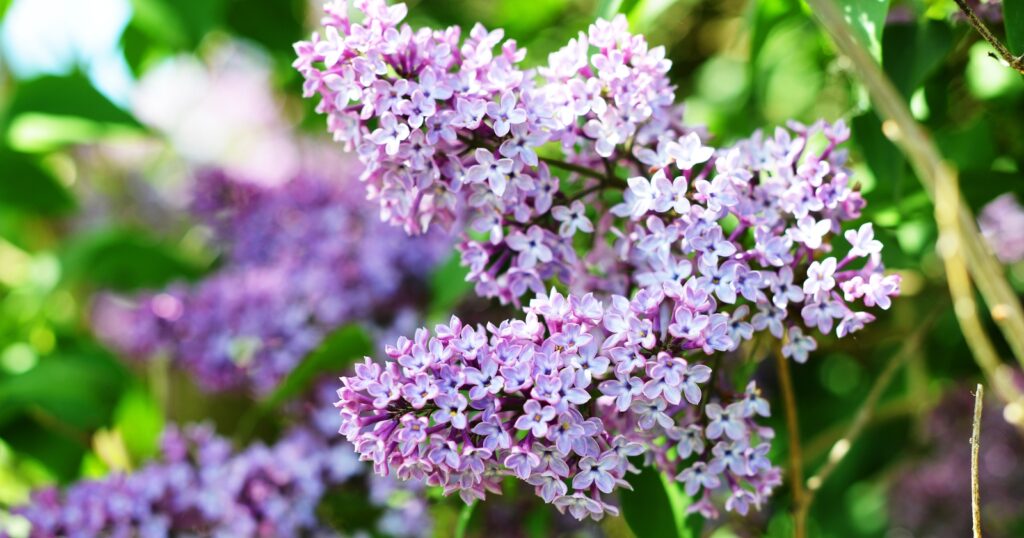
Now that you’ve done your homework, assess your pruning goals to determine the next steps. Maybe your lilac has overgrown its available space, or it hasn’t been flowering much the last couple years. Maybe you’d like to create a formal, living fence between your home and a neighbor’s. Or perhaps your lilac has been suffering from powdery mildew and needs better airflow.
Whatever the reason you’re committed to taming this lovely beast, understanding your motivation will help determine your approach.
Prune to Renew
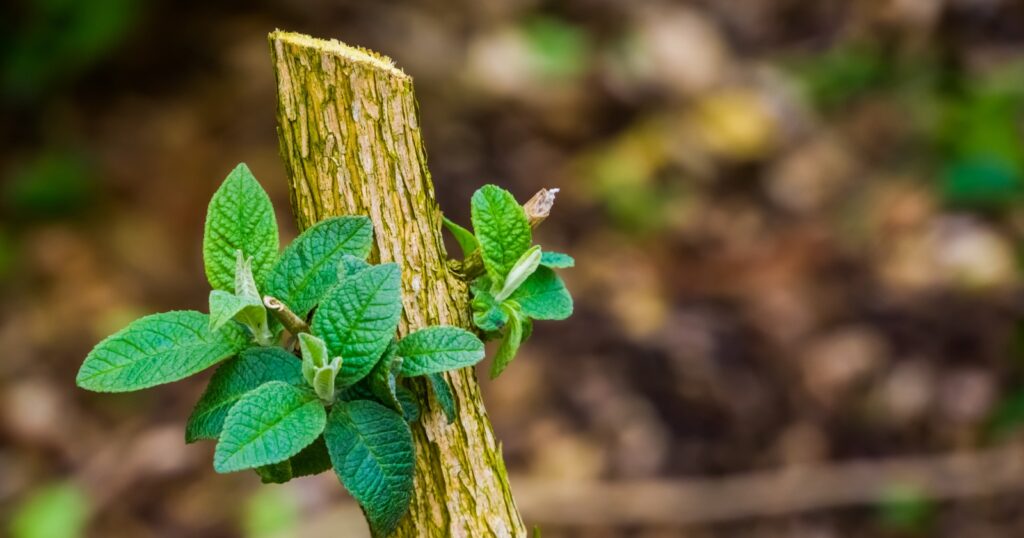
Considered routine maintenance in most lilac shrubs, renewal pruning involves cutting out roughly ⅓ of existing stems at the base. Choose the oldest and tallest stems as well as those that are dead, crossing, or broken, and you can effectively manage your lilac’s height without cutting its top off. Renewal pruning is preferred to top cutting because it encourages evenly distributed side growth rather than bushy top growth.
Sometimes called ‘thinning,’ this technique will open up your lilac’s center, which will allow more sunlight to reach inner leaves, allow more water to reach roots, and encourage proper air circulation. It’s a good technique for managing fungal disease, increasing bloom production, and keeping shrubs at their optimal size.
After these initial, renewing cuts are made, remove spent blooms. Encourage a round form by cutting the remaining stems back to just above a healthy set of leaves. If there are any root suckers popping up out of the dirt nearby, prune those out as well, cutting as close to the base as you can get.
Prune to Shape

While many lilac varieties can be sheared into a living fence or a formal hedge, you will not be able to force them into tight, perfect walls. They will resist and look odd. But if you give them a little leeway to do their lilac thing and can live with a looser, less rigid form, they can make a nice screen or hedge.
Similarly, dwarf lilacs can be encouraged to retain a neat, round shape with proper shearing methods.
In order to flower and stay healthy, lilacs should be sheared into the desired shape from an early age. You will not be able to tame a mature lilac into a hedge or ball. The leaves and blooms will be heavily concentrated on the outer layer of growth.
After flowering is complete, use a hedge shears to shape, taking care to leave about 2 inches of the new growth that’s occurred since the last time you pruned. The shearing process can be repeated again in mid-summer, but keep in mind you will likely be pruning off buds (unless you have a reblooming variety). Decide which is more important to you – blooms or shape – and go for it.
Hedges should be pruned so they’re wider at the base than at the top. This will allow all parts to receive sun and water, and it will discourage a leggy habit.
Prune to Rejuvenate
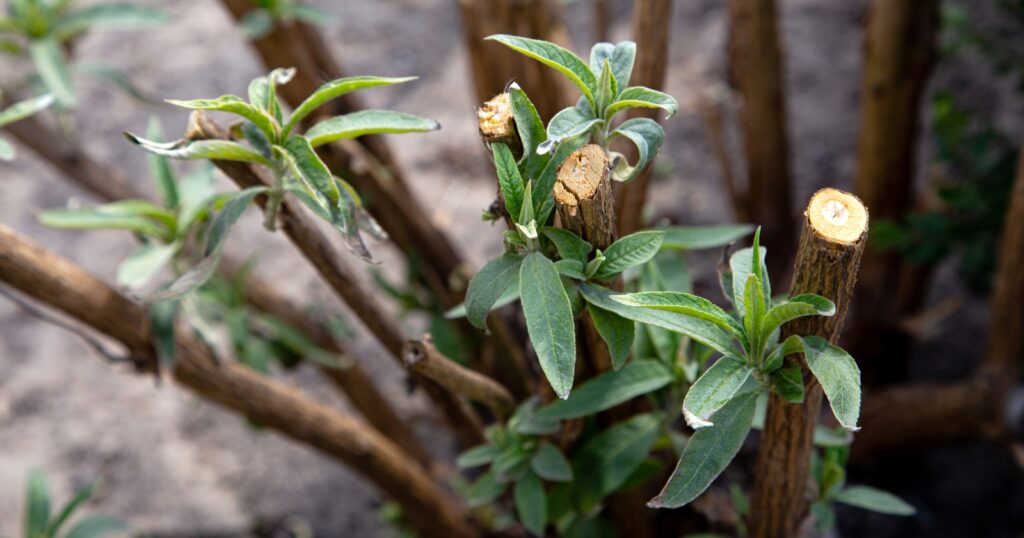
If your lilac is growing out of control, has gotten leggy, or has stopped blooming, you can cut the entire plant down and encourage it to start over. This process should be done during your lilac’s dormant period, when it will not be stressed by the procedure. It is the one and only exception to the ‘prune immediately after blooming’ lilac mantra.
Before you begin, however, it’s important to note that your lilac will not be blooming again for a few years. This is a long-game strategy for restoring your lilac to its original glory and it requires patience. Here’s how you do it:
- In late winter or early spring, use a pruning saw to cut evenly through your lilac’s stems at a height of 6-8 inches above ground. This will encourage multiple new shoots to sprout from the plant’s roots throughout the growing season.
- In late winter or early spring of the next year, choose 3 or 4 of the largest, healthiest looking shoots to remain, and prune off all others at the base.
- Prune the remaining shoots back to just above a bud or leaf. This will encourage side branching.
- The following year you should see some blooms and can resume normal maintenance pruning until it fills out.
Prune to Deadhead
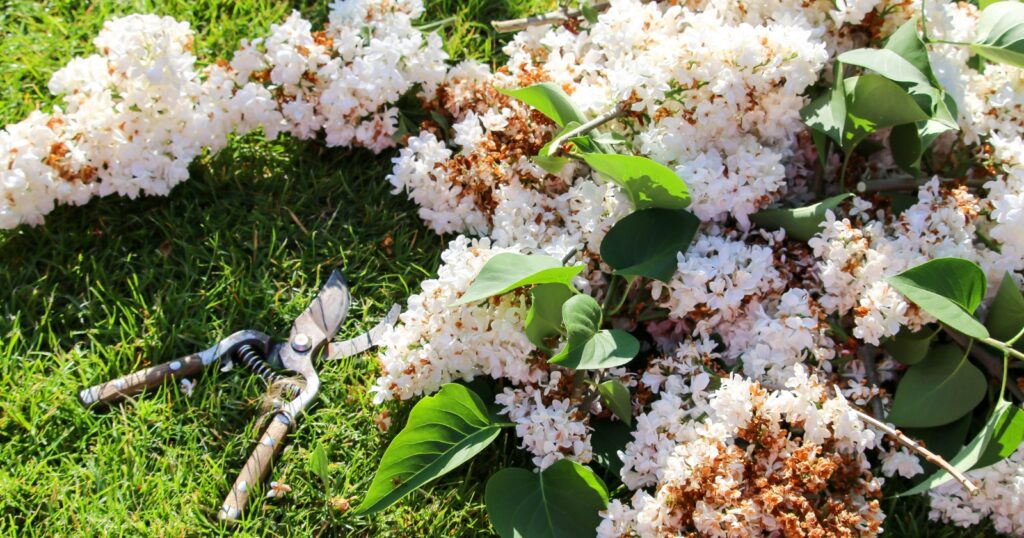
When your lilac’s flowers have lost their luster, it’s time to remove them. On common lilacs, this will be your plant’s signal to start forming blooms for next year. On dwarf and reblooming lilacs, deadheading will encourage another show of beautiful flowers in mid to late summer.
Using a bypass pruner or garden scissors, snip off spent blooms at a location just above a set of leaves. Take care to not remove buds, as they may already be forming just below the old flower.
While deadheading is not a maintenance task that’s crucial to your lilac’s health, it does encourage more bud formation. This happens because the roots are no longer focused on seed production. But if you forget, don’t sweat it. They’ll be just fine, if slightly less spectacular.
Don’t Be Afraid to Call a Professional
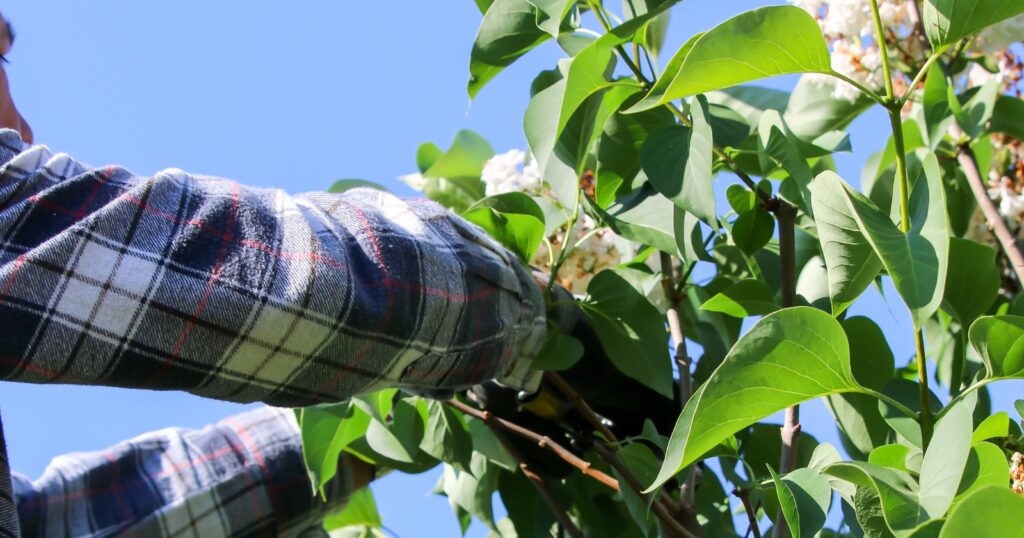
If your lilac is a tree form or has exceeded your comfortable height or width, call an arborist or landscaper to perform maintenance pruning. Branches will be thick and heavy, and removing them may be tricky or dangerous. A professional will have the right equipment and experience to get your lilac in proper shape.
An annual visit from an arborist will definitely give your lilac its best bloom performance. You can probably go three years or so between professional prunes if you don’t see any major issues. Your tree will still bloom and show off each year, just maybe not as flamboyantly.
Final Thoughts
Get in the habit of assessing your lilac’s pruning needs each year after flowering is complete. If renewal or rejuvenation pruning is not needed or already in process, take some time to look for crossing or broken branches and remove all suckers. Keep lilacs light and airy inside by thinning some branches, and remove faded flowers when the time is right.
If your lilac is a reblooming variety, get in the habit of performing a maintenance prune once in early summer and again in late summer, immediately after blooming is complete.
Lilacs are pretty low-key. They don’t demand a lot of fuss, but pruning is crucial to their flower production, appearance, and longevity. Perform this basic task at the right time each season and your reward will be a healthy, thriving lilac that packs a sensory punch in the yard year after year.

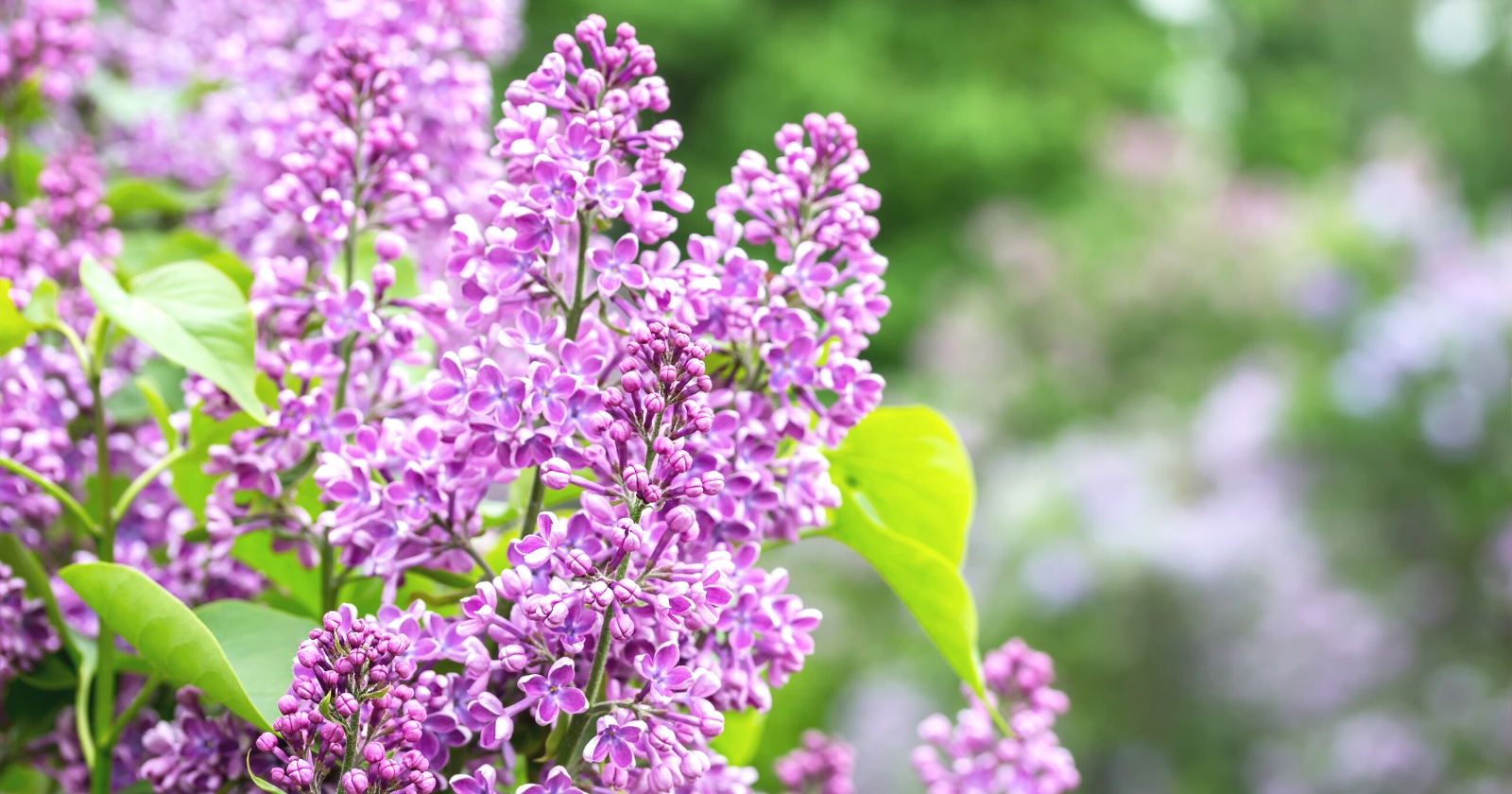
Leave a comment